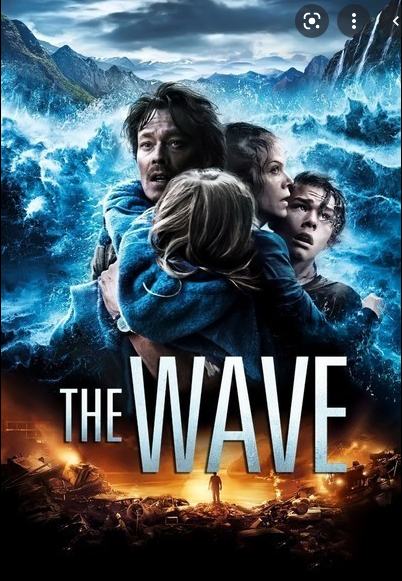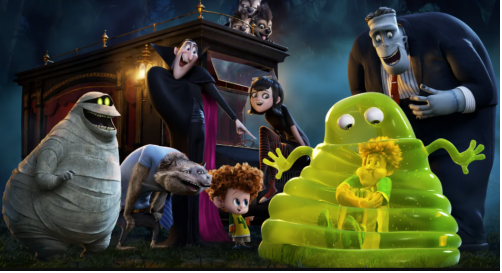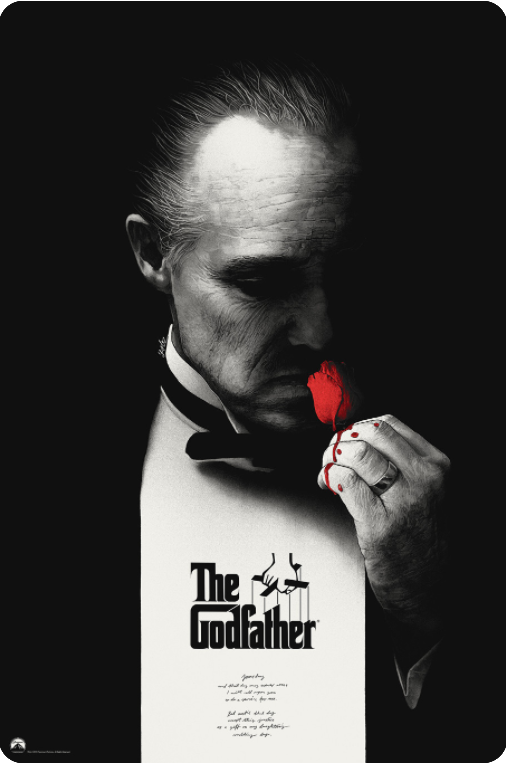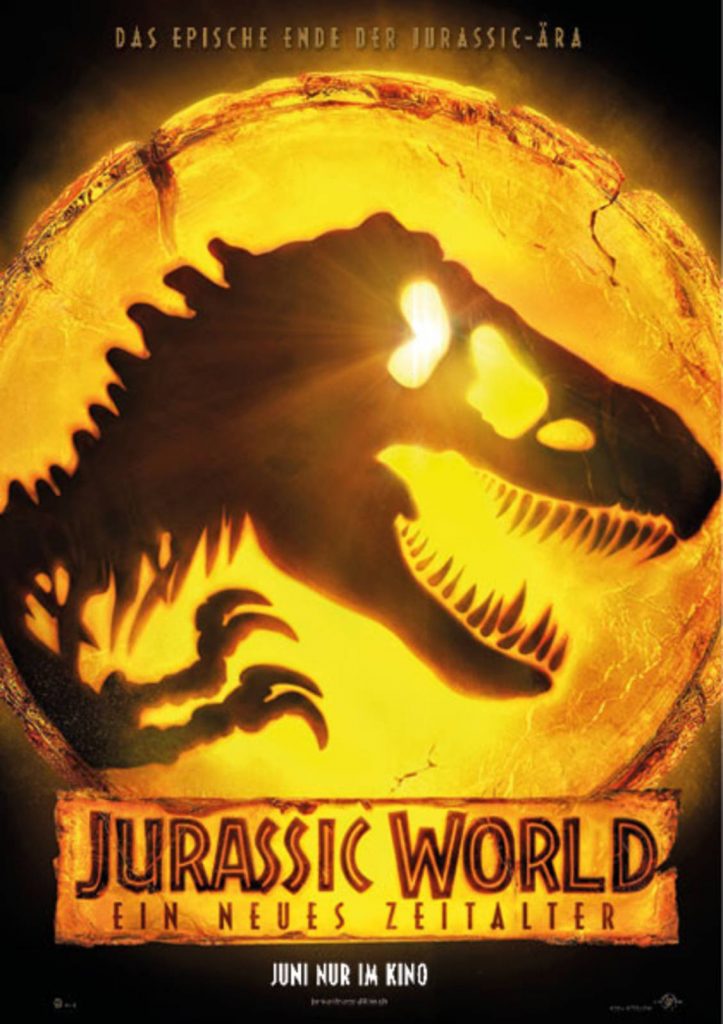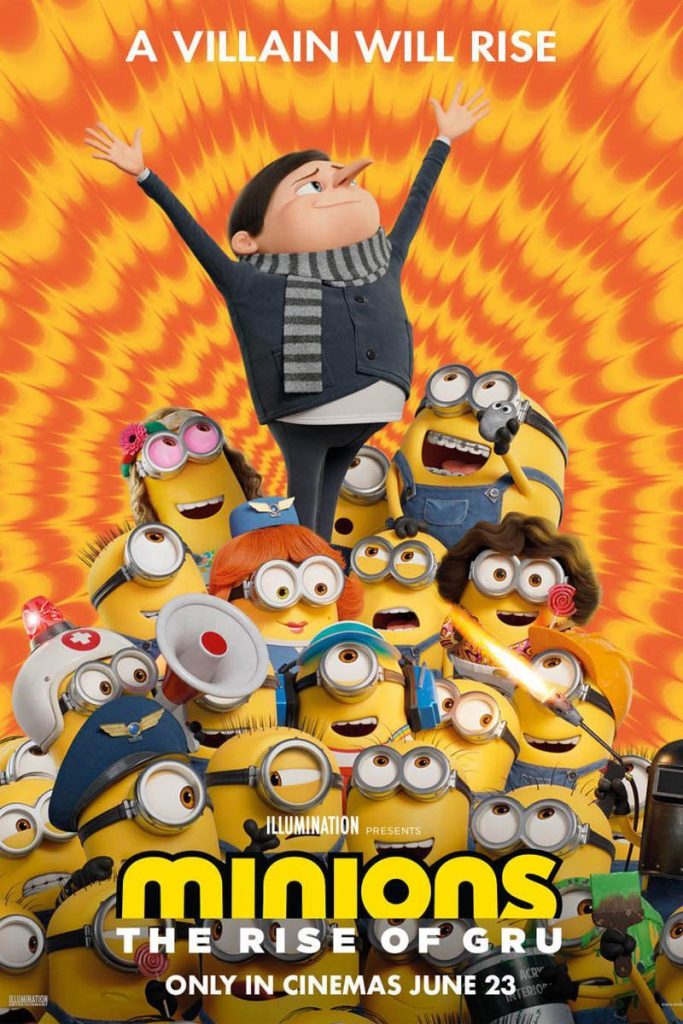‘The Wave’ is based on true events. And indeed it is.
In April 1967 AD, Ron Jones, a history teacher at Palo Alto Cubberley High School in California, was teaching about Nazi Germany when he was overwhelmed by a student’s question: “Why did the Germans claim that they had no knowledge of the massacre of the Jews? Why do farmers, bank employees, teachers and doctors alike claim that they were unaware of the tragedies that took place in the concentration camps?” He continued to ponder this question after the class. To give his students a practical understanding of fascism, he embarked on a bold experiment – the creation of The Third Wave.
This was the prototype for The Wave in the film The Wave, and his students were members of The Third Wave. Again, he required the students to call him ‘Mr Jones’ before they could speak, devised a uniform gesture for the organisation, and stressed the importance of discipline and unity to the students in various forms. The students soon became loyal members of the Third Wave and firmly adopted Mr Jones as the leader of the group.
On the third day, Jones secretly appointed three students as ‘inspectors’ to report to him those who did not comply with the rules of Third Wave, as well as the organisation’s critics and opponents; but then more than 20 people denounced their friends to him without reservation ( But the next 20 or so people turned in their friends (just because they had told jokes about Third Wave) and even parents who were sceptical about Third Wave. At this point, Jones felt that things were getting seriously out of hand.
So on the fourth day, in the name of the organisation being officially declared nationwide, he ordered the students to meet in the auditorium the following day.
Finally, on the fifth day, he managed to sober up the students in the auditorium from the frenzy of the ‘Third Wave’, and they finally understood the terrible power of fascism. In the meantime, the number of students in the Third Wave had grown from around 30 (or 20) to over 200, with most of those who joined later skipping the classes they were supposed to attend. Jones announced that Third Wave was part of a national youth movement aimed at promoting change in the country’s political system.
The organisation will be officially announced by the presidential candidate at 12 noon on Friday. There will also be an announcement in the schools.A strange coincidence makes this announcement even more credible: a full-page advertisement in Time magazine for a woodworking product called “Third Wave”. The students were inspired. “No one expressed an ounce of doubt about Mr Jones at the time,” Neel recalls. “We were so close to being good Nazis”, said the school auditorium at noon on Friday. Jones gave a short speech and 200 arms were raised in a “wave” greeting to him.
The experiment lasted only five days, but it was a long five days. “Of course”, said Neel, “I was there, and as an outsider it’s hard to imagine the kind of group pressure that developed in just a few days.”Inside the auditorium, Ron Jones turns on a television. All that appeared were snowflakes. The students waited. There was nothing but snowflakes on the screen. The students still waited. They were used to discipline and obedience. After a few minutes, someone finally asks, “There is no leader, is there?” The auditorium exploded, and Jones began to speak, no longer loudly and harshly, but softly and with self-recrimination: “Yes, but we came close to being good Nazis.”
No one wanted to mention the experiment Jones showed the students a film about the Third Reich: the Reich party congress, the collective, discipline, obedience, and what the collective did: terror, violence, gas chambers. ron Jones looked at the faces of the overwhelmed. The initial question was answered. He said, “Like the Germans, you will find it hard to admit that it was done so excessively, that you will not want to admit to being manipulated, that you will not want to admit, to having participated in this farce.” He was right.
The next day a depressing atmosphere hung over the school. No one wanted to mention the experiment. “I wasn’t in deep myself at the time. So for me, it was just a rare experience.” But others didn’t say a word about it until Philip Neel contacted them about the documentary, and as Neel gathered material, he learned that many were embarrassed to have been swept up so easily by the “wave”. This was especially true of the seniors, who were not in Jones’ class, but skipped classes they were supposed to attend for the Third Wave. “It was 1967, and many of them were politically inclined,” Neel explains. “They joined the school movement, even the Black Panthers (the black movement in America in the 60s). They were all overwhelmed at the time and gave up their freedom so easily.””This experiment produced the results it did because many of us were lonely, lacked the warmth of family, collective concern, and lacked a sense of belonging to a group. Even if you put this experiment today, it would yield the same results …… Go to your local school and see if you can find democracy there?” –Ron Jones’ answer in an interview “The Wave” is an example of the phenomenon of “obedience under authority”. The famous Milgram xperiment studied this phenomenon.
